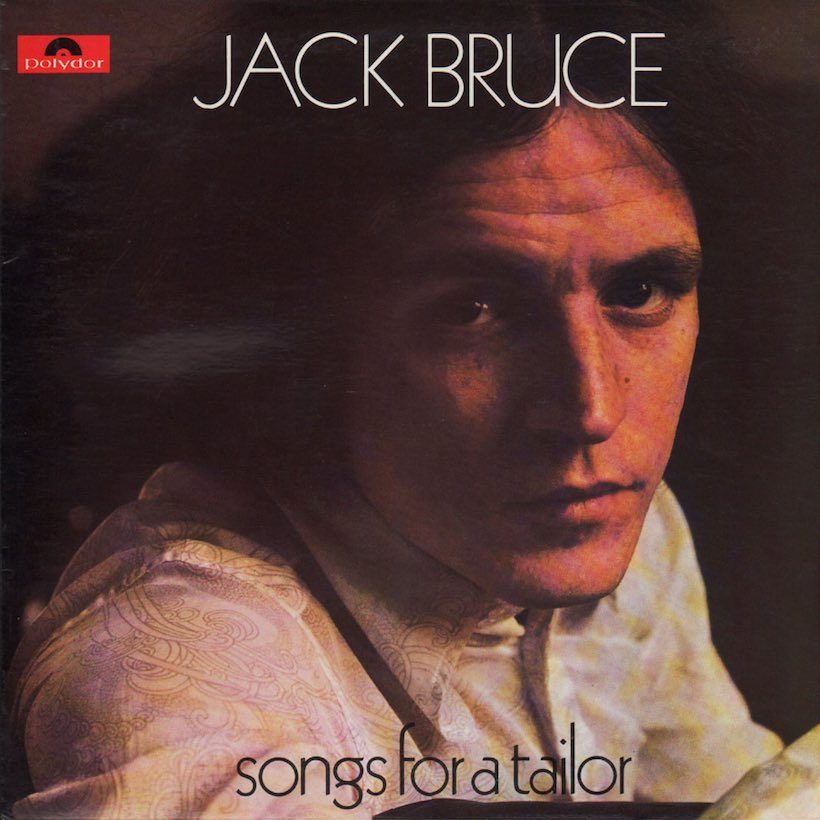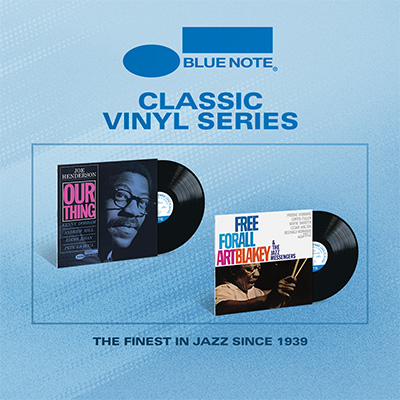‘Songs For A Tailor’: After Cream, Jack Bruce’s Strongest Suit
The first solo release post-Cream, ‘Songs For A Tailor’ is an underrated gem from a clever songwriter.

A quick look at the songwriting credits on any of Cream’s albums will quickly show that they covered some blues classics. But it will also highlight the songwriting talent of John Symon Asher Bruce – Jack, to the wider world. His credits included “N.S.U.,” “Sunshine of Your Love,” “SWALBR,” “Politician,” and, of course, “White Room.”
The songwriting credits of Jack’s 1969 debut solo album, Songs For A Tailor reveal that all the material was written by Bruce again, alongside Cream lyricist Pete Brown. Hitting stores on August 29, 1969, it was Jack’s first solo release following the demise of Cream. Expectations were high for Songs For A Tailor. And it delivered, but perhaps not in the way fans were thinking it might. Indeed, it’s only with the passing of time that people have come to realize what a very good album it is. When it first came out, many were baffled: where were those Cream-like songs?
Listen to Jack Bruce’s Songs For A Tailor now.
The fact is that Jack, steeped in the blues and in jazz, was not your average power-rock trio member. His sensibilities were way more subtle, and so is this record. From the opening track, “Never Tell Your Mother She’s Out of Tune,” with its time changes and jazz-brass stings, it’s clear that this will be a very different record. With saxophonist Heckstall-Smith and drummer Hiseman, the playing is typically clever, and when another saxophonist, Art Theman, and trumpeters Harry Beckett and Henry Lowther are added, you have some of the finest young British jazz musicians of their generation.
But then Creamaholics were satisfied, temporarily, with the superb “Theme For An Imaginary Western,” with its shades of “White Room” and Jack’s trademark soaring vocals; it’s a song that would be covered by Cream acolytes Mountain on their debut album Climbing! in 1970.
Other highlights include “Tickets To Waterfalls,” another brilliantly meandering track of complexity and passion that leads onto “Weird of Hermiston.” Jack’s vocals are brilliant on this play on words of the 19th century Weir of Hermiston, an unfinished novel by Robert Louis Stevenson.
“Rope Ladder To The Moon” is one of the best-known numbers on Songs For A Tailor, having been covered by Hiseman’s band Colosseum on their 1970 album The Grass Is Greener; Jack’s cello on the track is unexpected and perfect. “The Ministry of Bag,” meanwhile, is British blues rock at its best, redolent of Bruce’s days with the Graham Bond Organisation.
“He The Richmond,” drenched in acoustic guitars, is something that Cat Stevens might have done, only this is much darker, with its Shakespearian references. The aptly named “Clearout” ends the record and harks back to the kind of thing Cream may have done…but differently.
“The album is just a collection of songs I have written,” Bruce told Tony Norman in Top Pops soon after its release. “Half of them I did over the last six months, but the others were done a long time ago. I was lucky to have Jon Hiseman and Dick Heckstall-Smith on the sessions with me. I played piano, organ guitar and bass and took all the vocals.
“It was great to be able to arrive at the studio and work with whoever I wanted,” he went on. “We always took our time and spent a couple of hours getting the arrangements right. It was a very tight album and it was nice to do one like that. It was the opposite of Cream records.
“I was never happy with Cream recording sessions. In all the time we were together, we only spent 20 days in the recording studios. Everything was always rushed. You know, we had to do Wheels Of Fire in seven days and things like that. I took three weeks to do Songs and it was really nice.”
What makes Songs For A Tailor so interesting is that Bruce was not content to capitalize on his days with Cream. As an artist, he wanted to grow. As a result, it perhaps sold less well than it should have done, although after debuting on the September 27, 1969, UK chart, it did peak at No. 6 in the last week of October 1969 — the same week it charted in America, where it peaked at No. 55. But don’t let sales statistics put you off: this is a classic British album from the closing year of the 1960s, a time when anything was possible.















Dave Oswald
October 27, 2015 at 5:15 pm
I was still at school in Scotland when this came out.
I loved it then and I love it now.
One of the best albums ever…
Kelly ‘(Creamaholic’)
October 28, 2017 at 5:51 am
Just a minor correction regarding my all-time favorite JBruce song: The song is “Theme FOR An Imaginary Western”
Ted Burke
August 29, 2020 at 6:37 pm
I agree with most of what’s said about Bruce’s excellent musicianship and his resourcefulness as a songwriter. But no matter how hard you sell it, “Songs for a Tailor” is not a jazz album. Jack Bruce’s jazz bona fides are not in question, but he was a rock musician for the majority of his career, and this particular record veers in the direction of the art-rock, classical-rock, “progressive” rock trend that was developing simultaneously at Cream’s advent and after their demise. Being a man with substantial experience with blues, jazz and classical , Bruce brought everything he had to this initial effort and gives us something very eclectic, complex, playful and occasionally unfocused. There is much to love here, I think, but the album often sounded cluttered when it could have been concise and dynamic. Using a Christgau grading system, I would give this a very solid “B”, docked a notch for the meandering. And again, it’s a disservice to label ‘Songs for a Tailor” as a jazz record. It’s important to bring to a younger audience’s attention for its importance in leading the way to new styles , but it belongs in the rock category. This does raise my biggest regret about Jack Bruce’s career, that he did dedicate more time performing jazz, as he did on the “Things We Like” album with Dick Heckstall-Smith, John McLaughlin and the amazing Jon Heisman, or his scattered work with drum genius Tony Williams.
Russell Brown
August 29, 2023 at 9:49 pm
Great LP, but 1971’s “Harmony Row” is Bruce at his peak.
Chuck dahlin
September 10, 2023 at 9:11 pm
Bought it in 69. Still have it. Among all the great sideman add Chris Spedding.